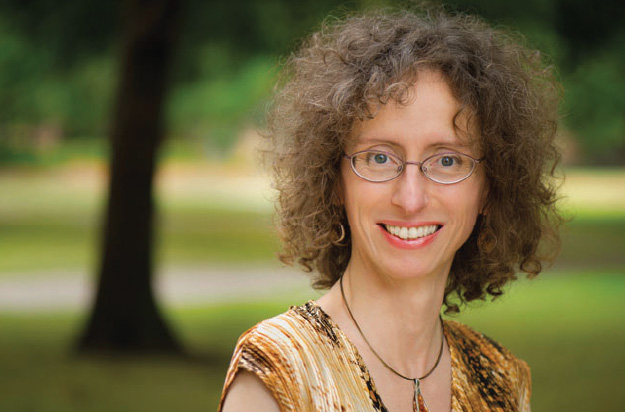Winter 2016: Energy Evolution
From carbon dioxide conversion to landfill mining, researchers at UTA are seeking viable alternative energy options.
Skip to content. Skip to main navigation.
From carbon dioxide conversion to landfill mining, researchers at UTA are seeking viable alternative energy options.
Found in everything from space shuttles to dental fillings, composite materials have thoroughly infiltrated modern society. But their potential is still greatly untapped, offering researchers ample opportunity for discovery.
Within the particle showers created at the Large Hadron Collider, answers to some of the universe’s mysteries are waiting.
Model systems like pigeons can help illuminate our own evolutionary and genomic history.
UT Arlington's tiny windmills are bringing renewable energy to a whole new scale.
The stability of our highways, pipelines, and even manholes is reaching a breaking point.
Scientists believe they have discovered a subatomic particle that is crucial to understanding the universe.
UT Arlington researchers unlock clues to the human body’s most mysterious and complex organ.
UT Arlington researchers probe the hidden world of microbes in search of renewable energy sources.
Wounded soldiers are benefiting from Robert Gatchel’s program that combines physical rehabilitation with treatment for post-traumatic stress disorder.
Tiny sensors implanted in the body show promise in combating acid reflux disease, pain and other health problems.
Nanotechnology researchers pursue hybrid silicon chips with life-saving potential.
Biomedical engineers combat diseases with procedures that are painless to patients.

Whether you’re talking about elephants or angelfish, for most animals, distribution among species is uneven—there are a lot of rare species with very few members and a few common species with a lot of members. Recently, biology Associate Professor Sophia Passy discovered that this distribution might not be so random after all. Instead, it could be caused by environmental favorability and species’ stress tolerance.
Dr. Passy conducted a study of data sets from thousands of algal and fish communities in U.S. streams. Her results showed that in favorable, low-stress environments, freshwater communities experienced significantly lower disparity between common and rare species. Harsh, stressful environments, on the other hand, led to a decline in sensitive species and a greater disparity between common and rare species. The study was published in the scientific journal The American Naturalist.
“According to our framework, under harsh conditions, only a few tolerant species can grow large populations, while the remaining and sensitive species can be present in low numbers,” says Passy. “Under benign conditions, both tolerant and sensitive groups can reproduce and grow in numbers, giving rise to a much more equitable species abundance distribution with low disparity between common and rare species.”
Science Dean Morteza Khaledi believes Passy’s research could have large ramifications: “If the environment drives the species abundance distribution, then we could begin to predict which species might become extinct and move to protect them, which is a vital step forward.”